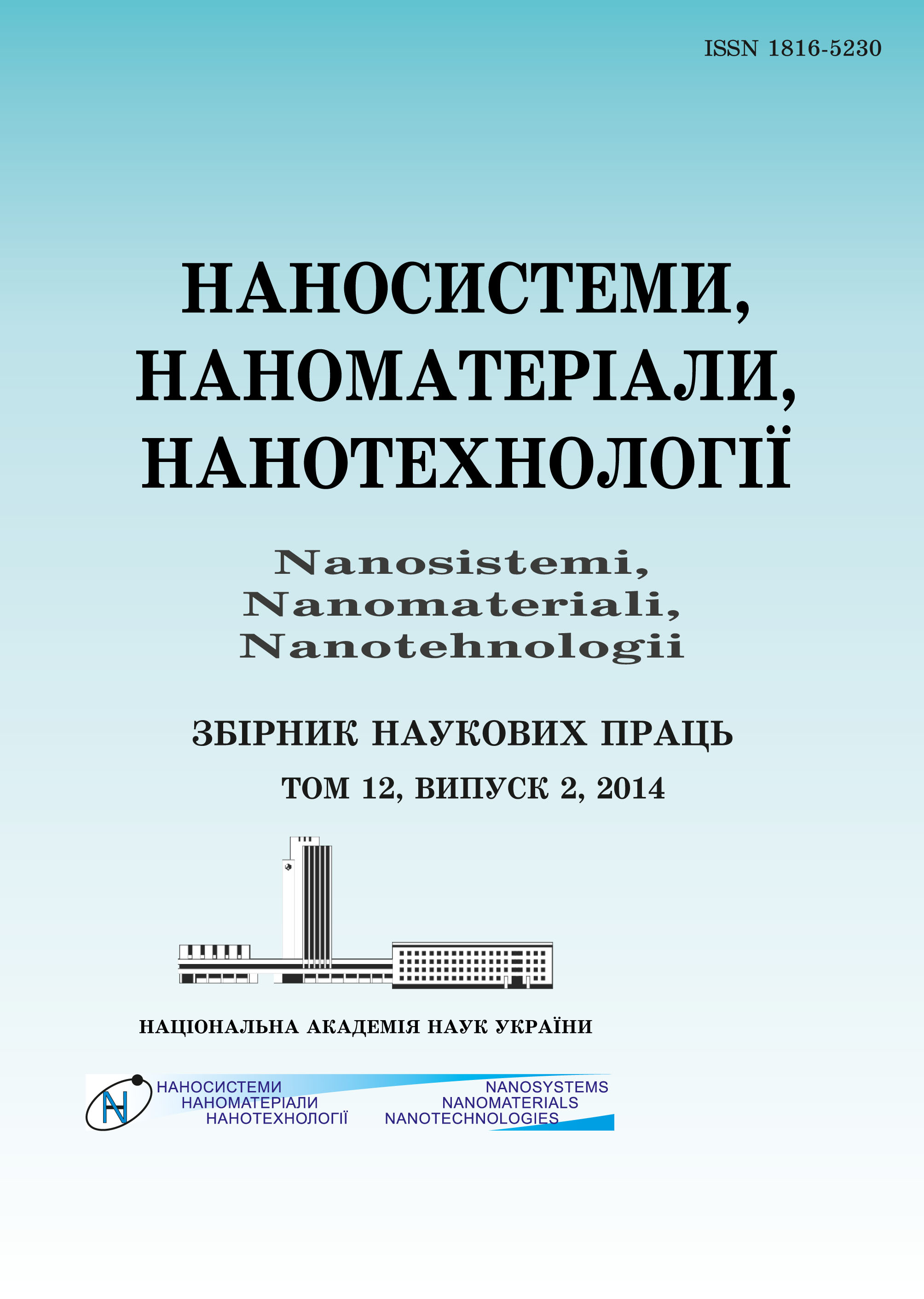|
|
|||||||||
 |
Year 2017, Volume 15, Issue 1 |
|
|||||||
|
|||||||||
¬ыпуски/2017/том 15 /выпуск 1 |
S. B. Sydorenko, O. M. Bevza, and Ya. S. Sydorenko
«Investigation of Factors of Influence on Fabrication of the Developed Surface of an AlЦO Condensate»
133–139 (2017)
PACS numbers: 61.43.Gt, 68.35.Ct, 68.37.Hk, 68.47.Gh, 68.55.J-, 81.05.Rm, 81.15.-z, 82.45.Yz
During thermionic reaction evaporation of aluminium in the oxygen environment by thermocathode electron gun, the spongy surface structures are prepared. The thickness of the AlЦO coating is equal to 3Ц16 µm. The coatings are studied by means of scanning electron microscopy, X-ray emission analysis with electron excitation and by measuring the specific capacity of samples in the electrolyte. The specific capacity of a surface, compared to a smooth aluminium foil, is increased by at least 2Ц10 times, and in some cases by 250 times.
Key words: rough and porous coatings, deposition of aluminium in oxygen environment, thermionic deposition, specific capacity, AlЦO condensate.
https://doi.org/10.15407/nnn.15.01.0133
REFERENCES
1. G. D. Chukin, Stroenie Oksida Alyuminiya i Katalizatorov Gidroobesserivaniya. Mekhanizmy Reaktsiy (Moscow: 2010).
2. G. Paglia, Determination of the Structure of gamma-Alumina Using Empirical and First Principles Calculations Combined with Supporting Experiments (2004).
3. V. T. Renne, Ehlektricheskie Kondensatory (Leningrad: Ehnergiya: 1969).
4. I. V. Gusev, A. I. Kuz'michev, and S. B. Sidorenko, Mater. VI Mezhdunar. Simpoz. 'Tonkie Plyonki v Ehlektronike' (Moscow-Kiev-Kherson: 1995), vol. 1, p. 16.
5. L. S. Palatnik et al., Fizika Metallov i Metallovedenie, 45, No. 6: 1205 (1978).
|
©2003—2021 NANOSISTEMI, NANOMATERIALI, NANOTEHNOLOGII G. V. Kurdyumov Institute for Metal Physics of the National Academy of Sciences of Ukraine.
E-mail: tatar@imp.kiev.ua Phones and address of the editorial office About the collection User agreement |